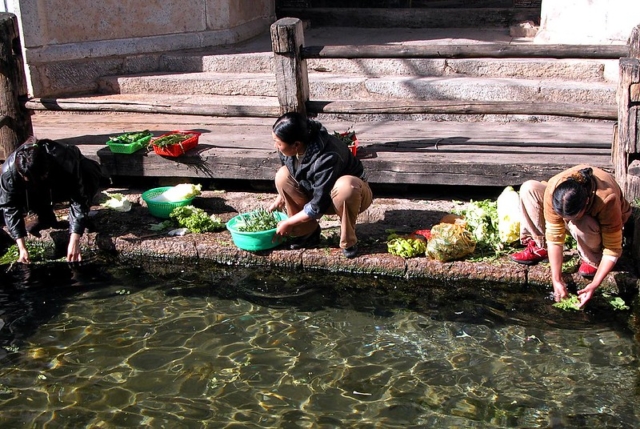10 Facts About Sanitation in China

China has experienced record levels of growth since its 1979 free-market reforms. The Chinese people have seen impressive growth in standards of living and modernization over that time. As a part of these developments, China’s overall sanitation levels have also increased, however, there is still work that the country can do. Here are 10 facts about sanitation levels in China.
10 Facts About Sanitation in China
- In 2017, China launched 8,000 water cleanup projects. China launched these projects as a part of a massive effort to clean polluted rivers, lakes and groundwater sites. Examples of these projects include making land off-limits to livestock and poultry farms and the creation of 809 new water sanitation plants. Additional projects involve the appointment of river chiefs as a way to hold political officials accountable to the clean water plans.
- In 2008, Chinese students helped create a new system to filter water. During the modernization of China, the Huai river became extremely polluted and the water undrinkable. To solve the problem, China developed a new three-step process to decontaminate the water. Since China’s implementation of the new biological water purification system in 2008, health along the river improved greatly. The system has won multiple awards including one from the World Bank for sustainable development.
- China has experienced a toilet revolution in recent years. These new toilets aim to achieve many purposes in China including meeting the concerns of tourists, but ultimately it will sanitation in Chinese cities. The toilets also reduce the amount of waste going into the public sewage system. Additionally, these toilets create a more sanitary environment in households.
- The Bill and Melinda Gates Foundation hosted a toilet expo in China. In 2018, the Bill and Melinda Gates Foundation hosted a reinvented toilet expo in Beijing. The Foundation presented many different sanitation solutions to minimize pathogens and convert waste to fertilizers. One of the goals of the event was to reduce the deaths of children under the age of 5, due to unsafe sanitation conditions.
- UNICEF provides rural communities education on proper sanitation. UNICEF teaches the Community Approach to Total Sanitation. This promotes proper hygiene practices, such as hand-washing and how to design affordable latrines. The organization also continues to research ways to help improve rural sanitation in China.
- A French company, Veolia, has multiple contracts to help improve sanitation. Veolia has contracts in China to treat hazardous waste, operate water treatment plants and is looking to develop plastic recycling plants. The company sees this as both an opportunity for it to make a profit due to Chinese incentives, and also to improve sanitation conditions.
- Pepsi donated to help improve water conditions in China. In 2018, Pepsi donated $2 million to China’s Women Development Foundation as a part of the Water Cellars for Women program. It hopes the money will improve water conditions in the Danjiangkou reservoir. This donation also has the potential to provide water to over 10 million people.
- Since 1990, 37 percent of China gained access to improved drinking water. The massive gains are the results of efforts by private organizations, as well as the Chinese government. The additional 37 percent means that over 76 percent of the Chinese population has access to clean water.
- A city in China will open the world’s largest waste to energy plant in 2020. The facility in Shenzhen, China has been in development since 2017. This facility is finally close to becoming operational. The plant will turn more than 5,000 tons of garbage into energy a day. Additionally, the plant will also serve as a way to educate the citizens on trash disposal.
- China has massive plans for trash sorting. In China, 46 cities must now sort their trash. By sorting their trash, they are helping to reduce food waste, as well as create more sanitary conditions for trash disposal.
China is a country of over 1.6 billion people. A population this large creates a lot of waste and potentially unsanitary conditions. However, through a combination of water treatment plans, waste management programs and an increase in public awareness, China is fighting to create sanitary conditions throughout the entire country. These 10 facts about sanitation in China demonstrate the progress that China has made.
– Josh Fritzjunker
Photo: Flickr
